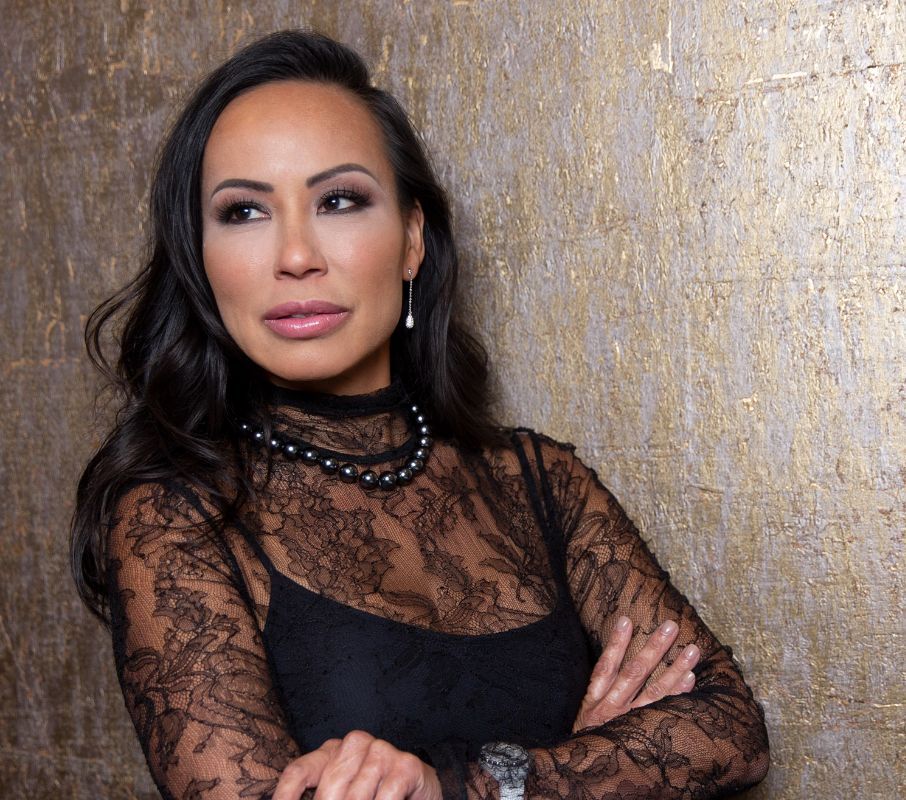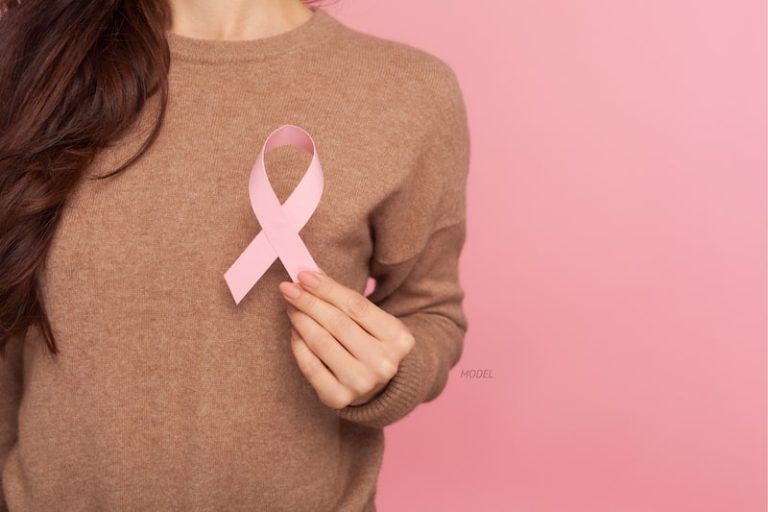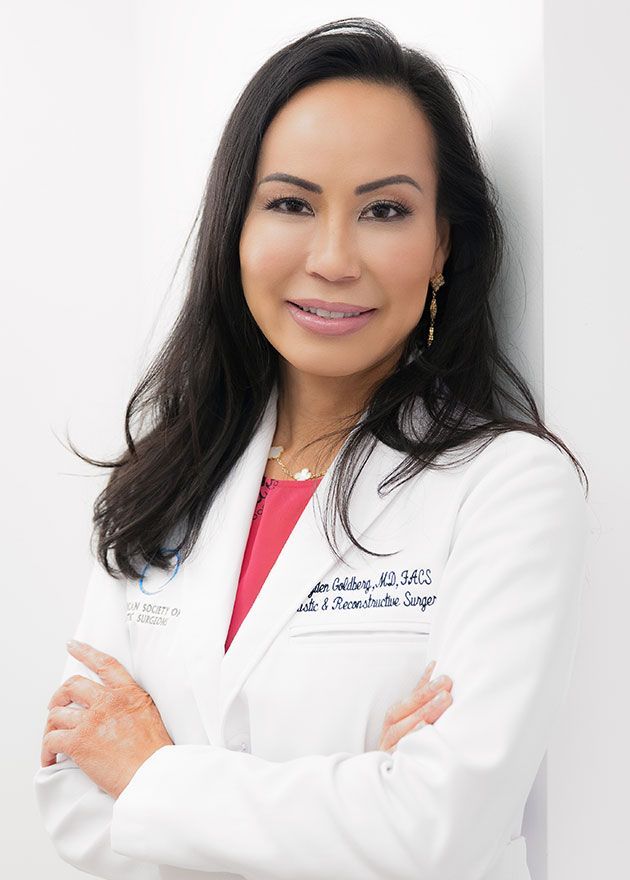WHAT IS THE DIFFERENCE BETWEEN FAT GRAFT VERSUS A FLAP IN BREAST RECONSTRUCTION?
WHAT IS THE DIFFERENCE BETWEEN FAT GRAFT VERSUS A FLAP IN BREAST RECONSTRUCTION?
3 Minute Read:
These two options are quite different. Fat grafting is a method of transferring small amount of fat into a breast, layer by layer. The fat cells survive by vascular ingrowth from the wound bed. This is a very useful technique to improve contour of the reconstructed breast and thickness of the mastectomy skin flap. It also provides a small improvement in the volume of the reconstructed breast.
However, the recipient bed must be a healthy and well vascularized field for the fat graft to take. In a radiated breast, the skin is fibrotic — often hard — and the vascular blood supply is compromised. If the fat cells do not get new vascular ingrowth from the wound bed, the body will clear these fat cells in a process call resorption.
The rates of resorption in fat transfer are from 50 to 70%.
For example, a transfer fat volume of 200 cc, only 100cc (50%) of the transferred fat cell will survive in the procedure. Therefore, fat grafting technique is mainly used to improve contour of a reconstructed breasts with a minor improvement of volume. It is not meant as a technique to rebuild an entire breast.
There are complications from fat grafting, such as painful fat necrosis, fat cyst oil, uneven contour, and infection from fat necrosis.
Fascial cutaneous flap is a technique of transporting a large amount of tissue composing of skin and subcutaneous fat with its own nourishing blood vessels to reconstruct a breast. The flap blood supply is hooked up to the recipient chest blood vessels and thus become a living tissue immediately at the time of surgery. It does not depend on the slow vascular ingrowth from the wound bed. The source of the tissue flap can be catered according to the woman’s body habitus. Depend on the location a woman stores her excess skin and fat, the sites become the most suitable donor site for a flap in breast reconstruction. A plastic surgeon also takes into consideration the resultant scar to see whether it will the best donor site for a flap. This is also known as tailored autologous tissue (flap) reconstruction. The most common donor sites for flaps in breast reconstruction are lower abdomen, lower back, the flanks, upper buttocks, and
Call for your tailored autologous breast reconstruction today.
WANT TO LEARN MORE?
Dr. Mytien Goldberg is a leading female plastic surgeon in Beverly Hills who specializes in Breast reconstruction and breast reconstruction revision. Recognized by her peers as one of the most skilled microsurgeon, she is also known for her attention to detail, high-caliber surgical skills and beautiful, natural results. For women seeking breast reconstruction or breast reconstruction revision, Dr. Goldberg offers a wide spectrum of flap reconstruction using different parts of your body to recreate natural breasts including DIEP, SGAP, PAP, LAP flaps and hybrid reconstructions. She has been in practice for over 10 years and is a faculty member with the division of plastic surgery at UCLA David Geffen School of medicine. She was awarded the teacher of the year by UCLA chief residents for her mentorship and teaching.
If you have recently been diagnosed with breast cancer and are looking for a plastic surgeon to perform your breast reconstruction, Dr. Goldberg is your plastic surgeon.
If you have had breast cancer and are dissatisfied with your reconstruction results, the first step is to schedule a comprehensive in-office consultation with Dr. Goldberg. After the exam, Dr. Goldberg can create an individualized plan to address your specific concerns and answer any questions you may have.










